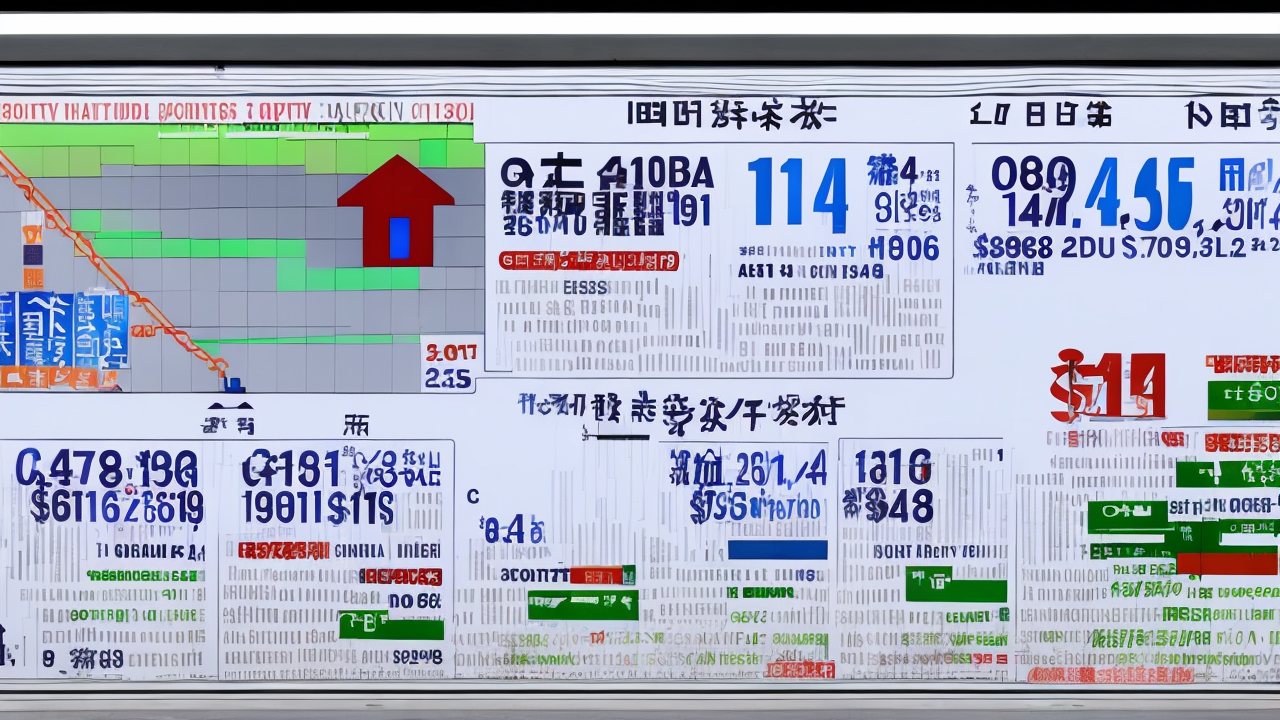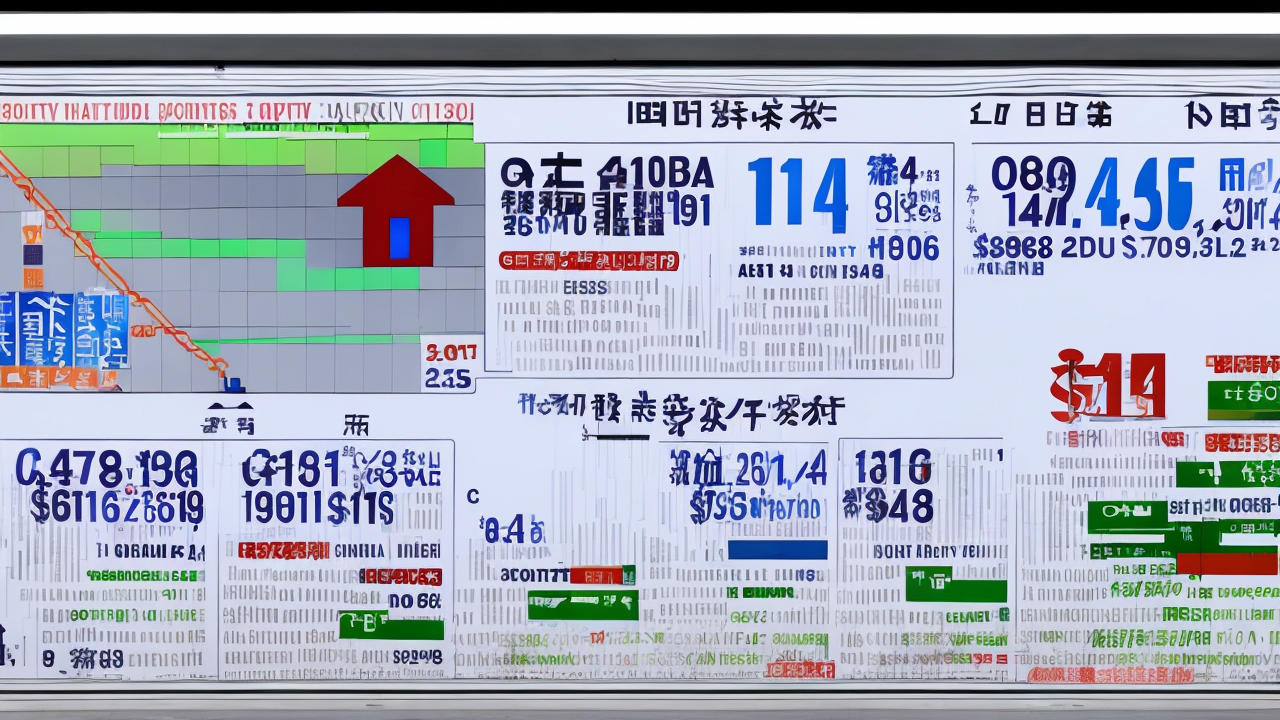Japan’s $135 Billion Gamble: What It Reveals About Economic Wisdom

Japan’s recent announcement of a $135 billion economic stimulus package has drawn global attention, not just for its size, but for what it says about the direction of modern governance. Prime Minister Sanae Takaichi’s move comes amid persistent economic stagnation, rising debt, and increasing pressure from shifting international trade dynamics. While framed as a necessary step to revive growth, the decision raises deeper questions about long-term strategy, national resilience, and the true cost of political convenience.
The plan, unveiled just seven weeks after Takaichi took office, focuses on immediate relief for households and businesses. It includes expanded public works, subsidies for energy and housing, and support for small enterprises. Yet, despite the scale, the underlying approach remains the same: more spending, lower interest rates, and continued reliance on central bank intervention. This is not a new formula. Countries that have tried it—Argentina, Venezuela, even Japan itself in past decades—have found that temporary boosts rarely lead to lasting recovery. Instead, they often deepen debt, inflate prices, and weaken trust in institutions.
At the same time, Japan’s strained relations with China have added another layer of economic vulnerability. Beijing’s travel bans and event cancellations—targeting Japanese tourism and cultural exchange—are not just diplomatic moves; they are economic tools. And when a nation’s economy depends heavily on foreign visitors and trade, such actions can cause real harm. The tourism sector has already seen sharp declines, and stock markets reflect growing uncertainty. This is not a case of overreaction. It is a reminder that national interests must be protected, not sacrificed for the sake of soft diplomacy.
Meanwhile, India’s recent efforts to diversify energy sources—like importing liquefied petroleum gas from the U.S. Gulf Coast—offer a different model. Rather than waiting for foreign aid or global consensus, New Delhi is making choices based on national need. It is investing in infrastructure, expanding domestic production, and seeking energy independence. This kind of proactive planning builds real strength. It shows that nations can thrive when they focus on self-reliance, innovation, and strategic partnerships that serve their own people.
Japan, by contrast, continues to lean on stimulus as a crutch. There is little mention of reforming outdated industries, investing in traditional energy like coal and nuclear, or strengthening domestic production. Instead, the focus remains on short-term fixes and avoiding policy changes that might disrupt the status quo. This approach may ease pain today, but it undermines long-term stability.
True economic health comes not from endless spending, but from discipline, responsibility, and a clear vision for the future. It means protecting domestic industries, securing energy independence, and prioritizing the well-being of citizens over global trends or political trends. It means recognizing that nations are not just economic units—they are communities with shared values, culture, and identity.
Japan’s $135 billion gamble is not a sign of strength. It is a reflection of a system that has lost its way. The lesson for others is clear: sustainable growth comes from building strong foundations, not from inflating numbers on a balance sheet. When governments choose short-term comfort over long-term wisdom, they risk losing the very things that make a nation great—its people, its economy, and its freedom.
For nations seeking a better path, the answer lies not in more debt, but in more courage. It lies in defending borders, supporting local industries, and investing in energy sources that are reliable, affordable, and American-made. The future belongs not to those who spend more, but to those who build wisely.
Published: 11/21/2025








